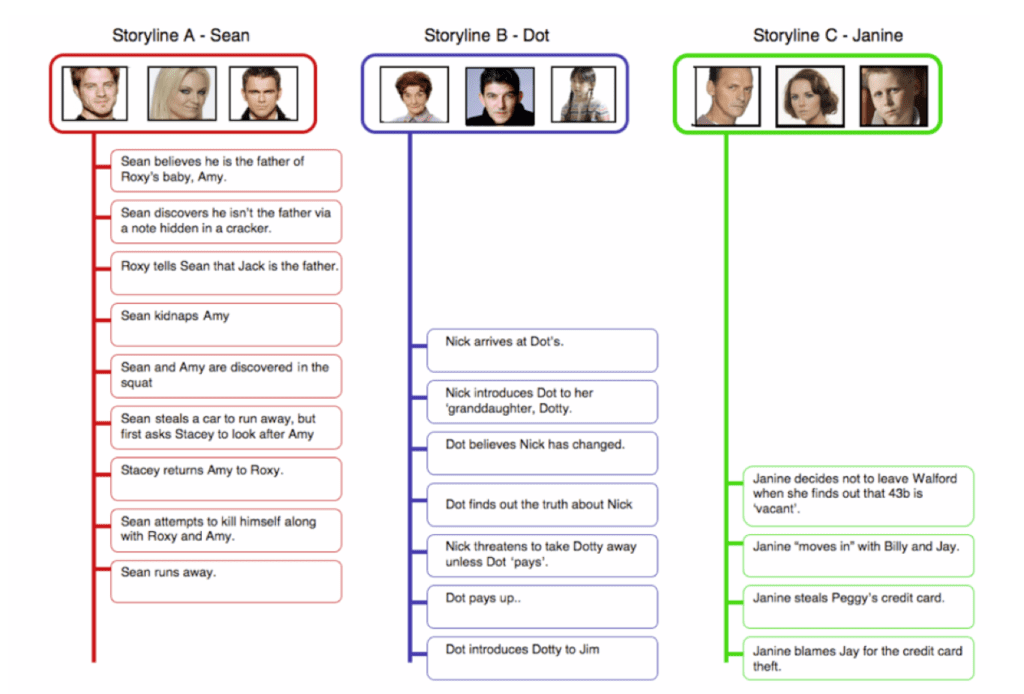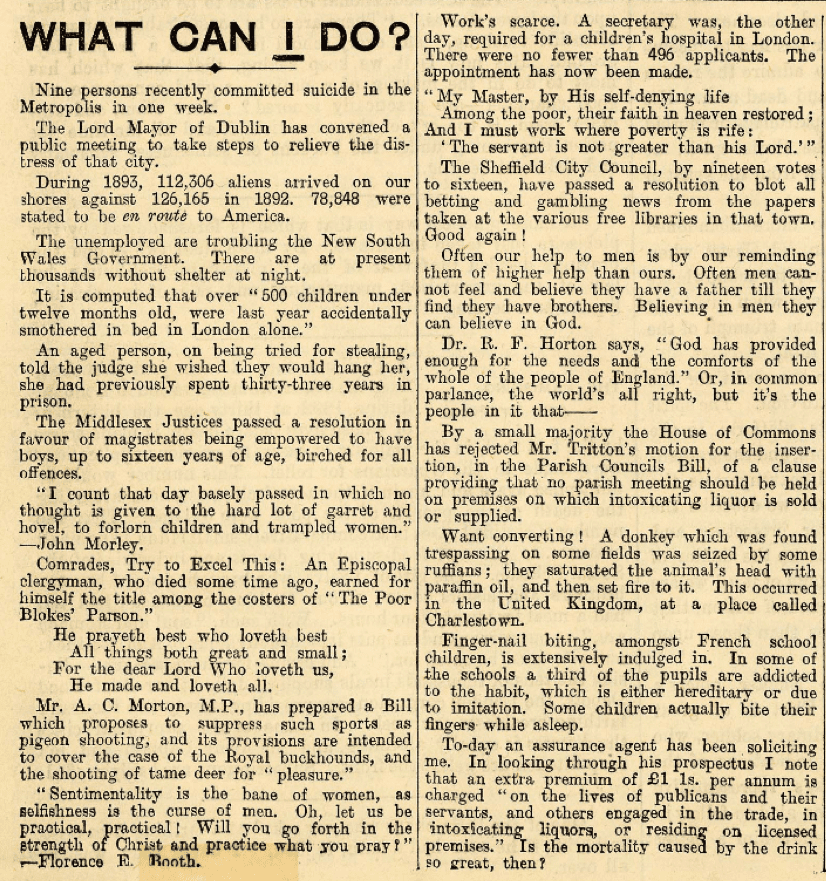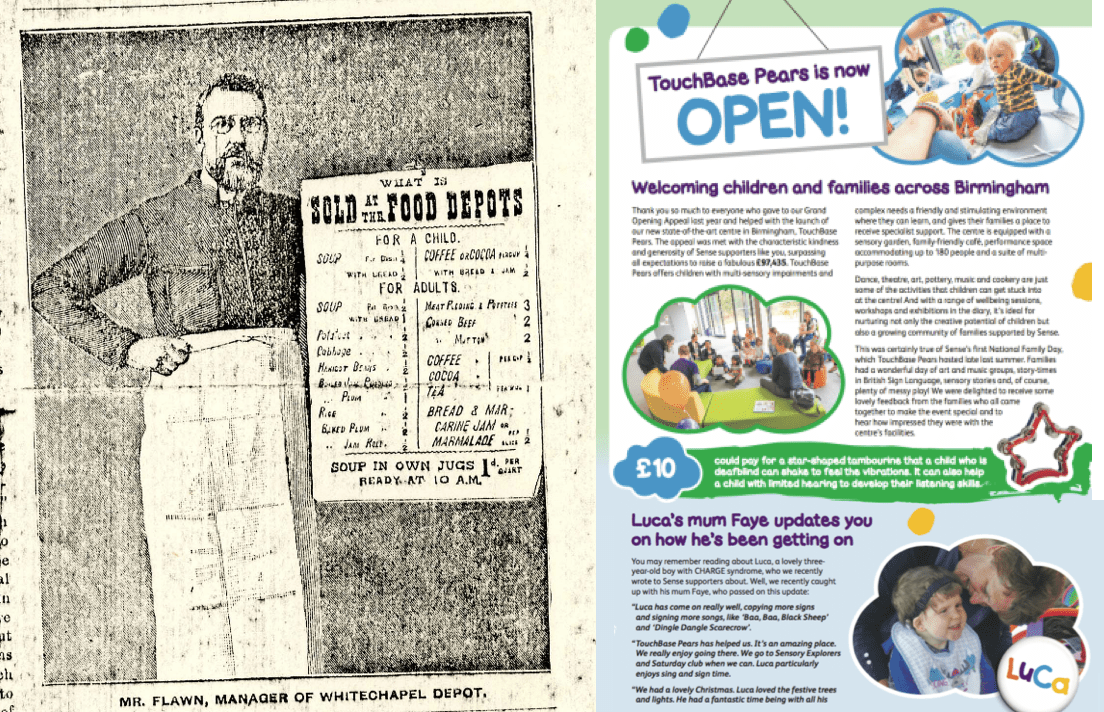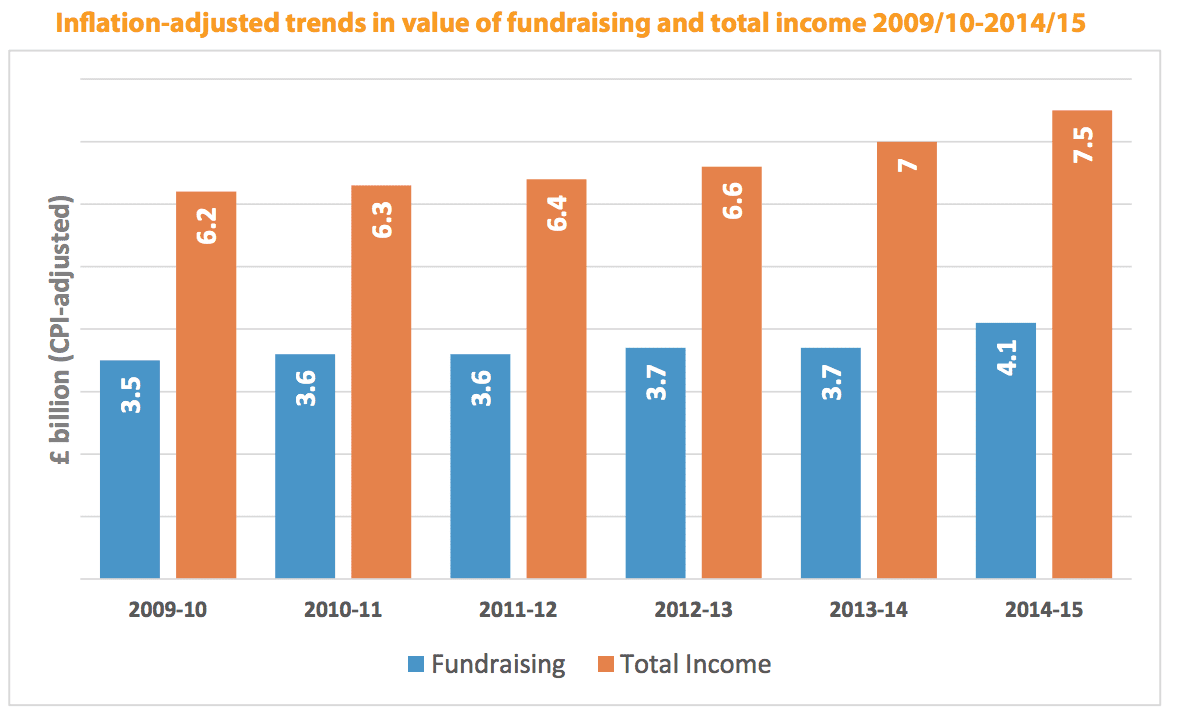Three ways to supercharge your charity newsletter (time-warp edition)
One of my most popular posts was written back in 2010. It described how you could raise more money and build better relationships with donors by producing a great newsletter. You can find it here (but with the march of time and shifting platforms, most of the links are now dead).
So it's time for a new version. And as luck would have it, after complaining on Twitter about how I had a presentation on supercharging newsletters rejected for inclusion at the IOF National Convention a while back, I've been invited to speak on that very topic at Fundraising Everywhere.
If you've not picked up on Fundraising Everywhere yet, you need to sign up. It's a day long online conference with some great speakers. Sign up and you can catch Lisa Sargent, Nick Burne, Gail Perry, John Lepp, Jen Love (plus others) pretty much anywhere you fancy – office, home, commute – for less than the cost of a couple of fundraising books.
I've chosen newsletters because if you get your technique right, you'll find that they can beat DM appeals, bring your donors closer to you and do wonders for repeat giving and legacies (particularly for mid-value donors).
The reasons why most charities don't value them is that they don't give them the attention they deserve, nor do they get the subject matter right.
And that's the fundamental problem. As Tom Ahern explains is his fantastic book, Making Money with Donor Newsletters, "charity newsletters become profitable when they focus on how wonderful the donor is."
In my presentation I'll be showing you just how we have boosted income for charities like SPANA, Marie Curie, Sense and universities by changing their newsletters. With credit to the other fundraising newsletter specialist Jeff Brooks, we "remind the donor what an incredible difference she makes".
I'll also be sharing some great ideas from the archives, by giving you a glimpse of fundraising newsletters from the Victorian and Edwardian era that have ideas ripe for re-introducing in the 21st century.
This is essential stuff if your focus is on rewarding your donors in a way that works for them.
So here are three tips to get you started but don't forget, there is a load more in the session itself.
Story telling means you need to use a series of different stories to keep people engaged.
One of the big gripes donors share in research is that they never ever find out how their gift made a difference. They will be thanked and they'll see examples of how the charity works. But they will never know what happened to little Ronnie who appeared in the appeal last Christmas – the little boy whose story really moved them. Nor will they know who received the toy bought with their gift given in April. And does the ceiling still leak in Bethany and Caprice's bedroom?
Your newsletter is a great opportunity to show people exactly what happened once those credit card payments or regular gifts got to the cutting edge. So when choosing topics to feature in your newsletter start with the appeals that donors received over the previous year. Show donors what happened as a result of their generosity. And keep updating them in subsequent editions – I'll be featuring our original Eastenders' model and showing how you can use it to deliver great content (warning: you'll need to be a long-time Eastenders' fan to remember some of these characters).

Donors know you are spending their money so why not show them what things cost?
There's nothing new about this idea, but I regularly see newsletters that fail to show people what their money might buy. On the left, you'll see a cutting from a newsletter produced by the Salvation Army in 1894. Mr Flawn's menu shows the cost of food provided at the Whitechapel depot. The Sense newsletter, on the right, features the price of a child's toy used at the centre the donors helped fund. A lift in income and response will prove that donors really like this approach.

You can still show the problem – even if you have not answered it yet.
You can make your newsletter topical by using news stories that illustrate why your organisation is needed. So keep an eye out for newspaper articles or features on the TV or radio that show the need you address. Refer to these in your stories - either as simple statistics or using quotes. Back in the 1890s the Salvation Army featured a global round up that demonstrated why they were needed at home and abroad. It was headed What can I do?

So if you'd like to double, triple or even quadruple income from your newsletters (and drive more legacies as well) sign up to Fundraising Everywhere and I'll see you on November the 19th to get you started on a whole new way of raising money (and even if you can't make the 19th, the presentation will be available for download immediately afterwards).
Tags In
The Essentials

Crack the Code to Regular Giving: Insights, Strategies, and a Special Giveaway!

‘Tis Halloween. Keep to the light and beware the Four Fundraisers of the Apocalypse!

Why do people give? The Donor Participation Project with Louis Diez.

A guide to fundraising on the back of a postcard

What does the latest research tell us about the state of fundraising?







